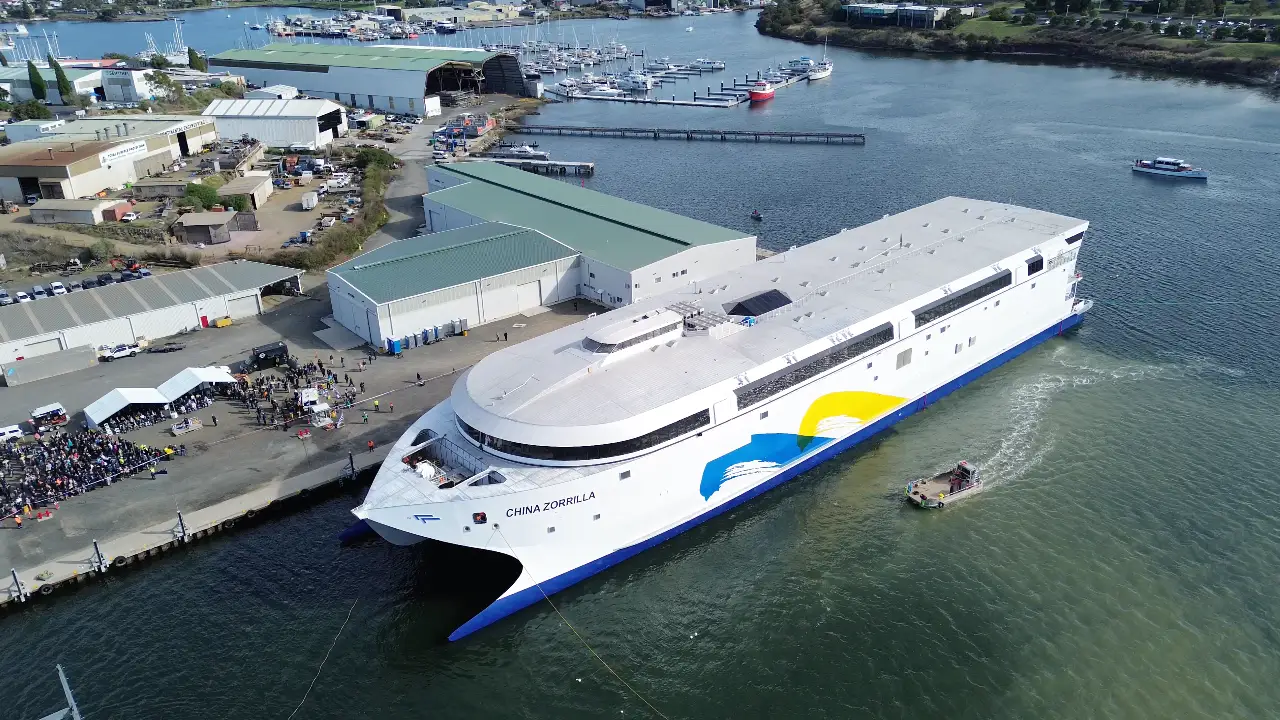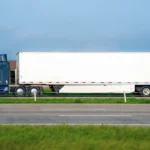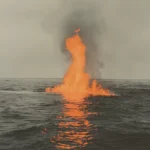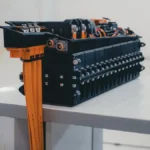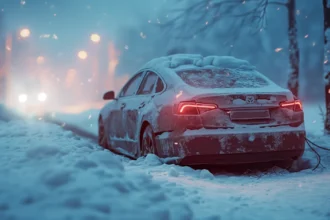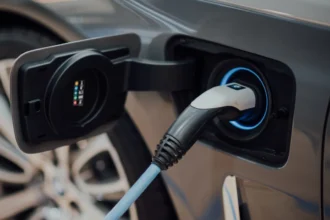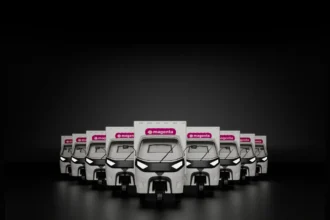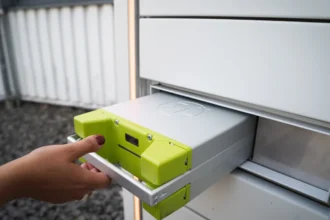A huge electric ship that can carry thousands of people without using any fuel is being built right now in Tasmania, Australia. According to Incat Press Release, this groundbreaking vessel will be the world’s largest battery-powered ship when it launches in May 2025. The 130-metre ferry will completely change how people travel across water between Argentina and Uruguay, showing that even very large ships can run on clean electricity instead of dirty fuel.
What Makes This Big Ship So Special?
This amazing ship (called Hull 096) is not like other ferries you might have seen before. It’s specially designed to carry a lot of people and cars without using any fuel oil. Here are the main things that make it special:
- Size: 130 metres long (about as long as a football field)
- Passenger capacity: Can carry 2,100 people at once
- Vehicle space: Room for 225 cars
- Shopping area: Has a 2,300 square metre duty-free shopping deck
- Power system: Runs completely on batteries
Robert Clifford, the company chairman, says: “This is a historic day – not just for Incat, but for the future of maritime transport.” With nearly 70 years in the marine business, he believes this is the biggest moment in the company’s history.
How This Ship Works Without Fuel?
You might wonder how such a massive ship can run without using any diesel fuel. The answer is in its incredible battery system. According to ABC, the ship has:
- Over 250 tonnes of batteries (that’s heavier than a blue whale!)
- 40 megawatt-hours of energy storage
- More than 5,000 battery modules totaling 280 tonnes
- Four special rooms just to hold all the batteries
- A system equal to about 860 electric car batteries combined
Think of megawatt-hours as a way to measure how much power the ship can store – like a phone battery, but thousands of times bigger. The batteries will power the ship for 90 minutes, with special chargers installed on both sides of the Río de la Plata (the water between Argentina and Uruguay).
Better Batteries Make This Possible
The ship uses special batteries that are much better than older ones. According to EEpower, Corvus Energy’s Dolphin NextGen batteries reduce weight by 30% compared to previous models. They also take up half the space of older batteries, which is very important on a ship.
Safety is also extremely important when you have so many batteries in one place. According to TheSwitch, the ship uses special protection devices (called ECL and BSCL) that can quickly stop problems if something goes wrong with the batteries.
How the Ship Moves Through Water
Instead of traditional propellers, this ship uses eight electric-driven waterjets. These work by pushing water very forcefully to move the ship forward quickly. The system was developed with a company called Wärtsilä, whose president Roger Holm says: “Ferries play a vital role in meeting the growing demand for environmentally sustainable transport options.”
Why Aluminum Ships Are Better Than Steel Ones
Another smart thing about this ship is that it’s made from aluminum instead of steel. According to Incat, this makes a big difference in how the ship works:
| What’s Different | Why It’s Better |
|---|---|
| Aluminum is lighter | Uses up to 40% less energy than steel ships |
| Doesn’t rust easily | Costs less to take care of over time |
| Needs less power to move | Can go faster using the same amount of energy |
| Lighter weight | Creates less pollution |
Helping the Environment in a Big Way
This ship will make a huge difference for the environment. According to IFC, the China Zorrilla e-ferry (that’s the ship’s official name) is expected to cut 37,545 tonnes of CO₂ emissions every year compared to diesel ferries.
CO₂ (carbon dioxide) is a harmful gas that comes from burning fuel and causes climate change. Cutting this much CO₂ is like taking thousands of cars off the road each year.
The Companies and People Making This Happen
Several important companies and people are working together to make this big project successful:
- Incat: The Tasmanian shipbuilding company making the vessel
- Buquebus: The South American ferry company that will use the ship (their ninth vessel from Incat)
- Wärtsilä: Company helping with the electric propulsion system
- Key people: Robert Clifford (Incat Chairman), Stephen Casey (Incat CEO), Juan Carlos López Mena (Buquebus President), and Jeremy Rockliff (Tasmanian Premier)
Stephen Casey, Incat CEO, explains it well: “We’re not just building a ship – we’re building the future.” Incat also plans to double their production, building four electric ships every year.
When Will You See This Ship Working?
The ship will be officially launched in May 2025. After that, it will go through important tests called sea trials later in the year. Once everything is working properly, the ship will start carrying passengers between Buenos Aires in Argentina and Uruguay.
This is also a big achievement for Australia, as the ship represents the largest single export item in Australian manufacturing history. It shows how countries like Australia can lead in building clean transportation technology.
Looking to the Future of Water Travel
As more countries look for ways to cut pollution, electric ships like this one could become common around the world. You might soon see similar ships in other busy water routes, helping make travel cleaner.
The big question now is: Will other shipbuilders follow Incat’s lead? If they do, your future ferry rides might be quieter, cleaner, and better for the planet than ever before.
